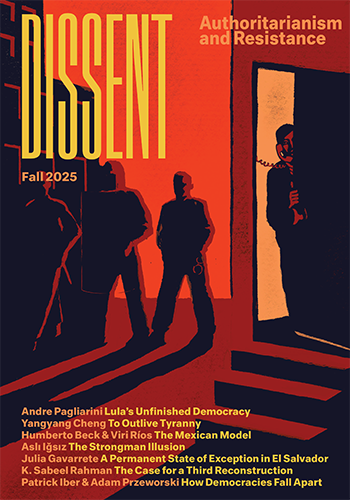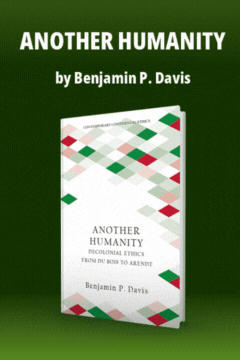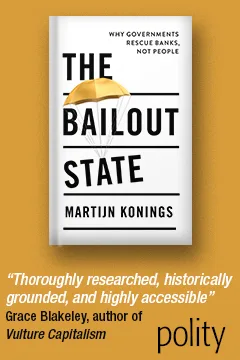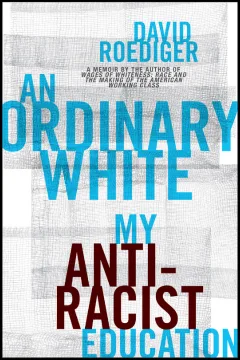Can We Have Universal Health Care?
Can We Have Universal Health Care?
Barack Obama aspires to be a “transformative” president, with his hopes particularly fixed on America’s finally achieving a universal health care system.
But would his health plan go far enough to transform a system that has been dominated and distorted by for-profit insurers who maximize profit by rationing care to patients, restricting doctors’ choice of treatments, and raising premiums? Of course, the outlines of Obama’s plan will be profoundly changed by the legislative process, and it may be virtually unrecognizable once a finished product reaches the presidential desk. But it is a valuable starting point for discussing what is likely to succeed, and what is likely to fail, in health care reform.
Obama has outlined a plan for universal coverage, cost restraints, and extensive choice for American health consumers, along with new regulations on for-profit insurers. However, the insurers will continue to claim a major role.
By avoiding the risks of a direct collision with the tremendous power of the health insurance industry, the Obama plan fails to address the problem of effective cost controls needed to sustain coverage for all Americans. Passage of his bill would set off a perpetual tug of war between insurers’ ever-rising premiums and the increasingly expensive goal of universal coverage. Further, leaving private insurers in place largely forfeits the massive savings in excess administrative costs that could help to fund universal health care and other priorities.
On the positive side, the Obama plan also offers a public, Medicare-style option that some advocates of his proposal view as the potential incubator of a single-payer system, if sufficient numbers of Americans gravitate away from private insurance. If this provision can pass both houses, it will set off a high-stakes struggle. The for-profit insurers will work to circumvent new regulations that could force them to provide treatment for all potential enrollees and limit their administrative overhead. Some experts expect that the insurers will attempt to turn the public program into a dumping ground for high-cost patients and will easily manipulate new regulations on other pernicious practices, triggering a new round of battles with health consumers and Congress. Eventually, these struggles could erode insurers’ legitimacy and exhaust all alternatives short of a single-payer system that dethrones the insurance industry.
Dimensions of the Health Care Crisis
To evaluate the Obama plan and the nature of the battles it will generate, we first need to grasp the scope of the health care crisis.
• Some forty-seven million Americans were already lacking health insurance before the economic meltdown. The sharp increase in unemployment is rapidly adding to their ranks.
• Half of all personal bankrup...
Subscribe now to read the full article
Online OnlyFor just $19.95 a year, get access to new issues and decades' worth of archives on our site.
|
Print + OnlineFor $35 a year, get new issues delivered to your door and access to our full online archives.
|






